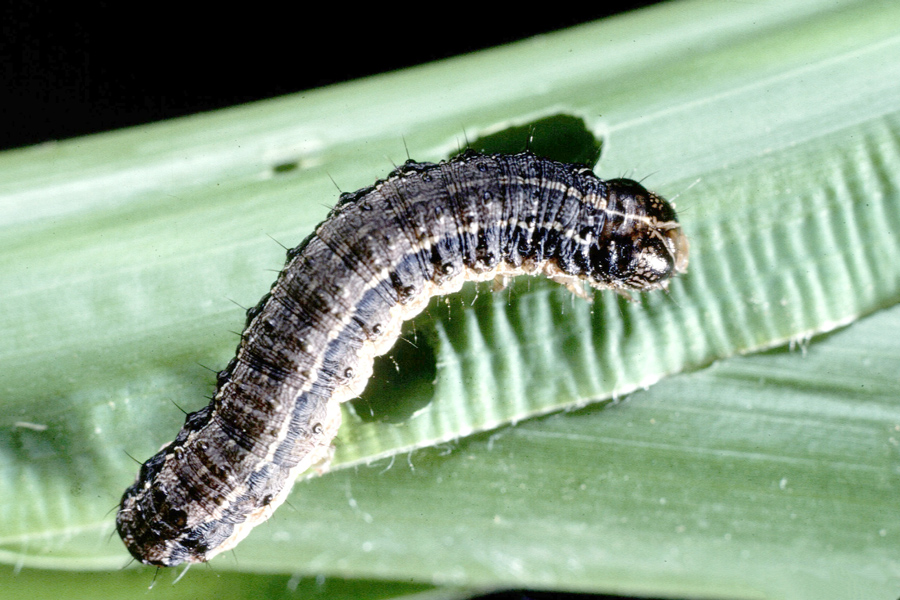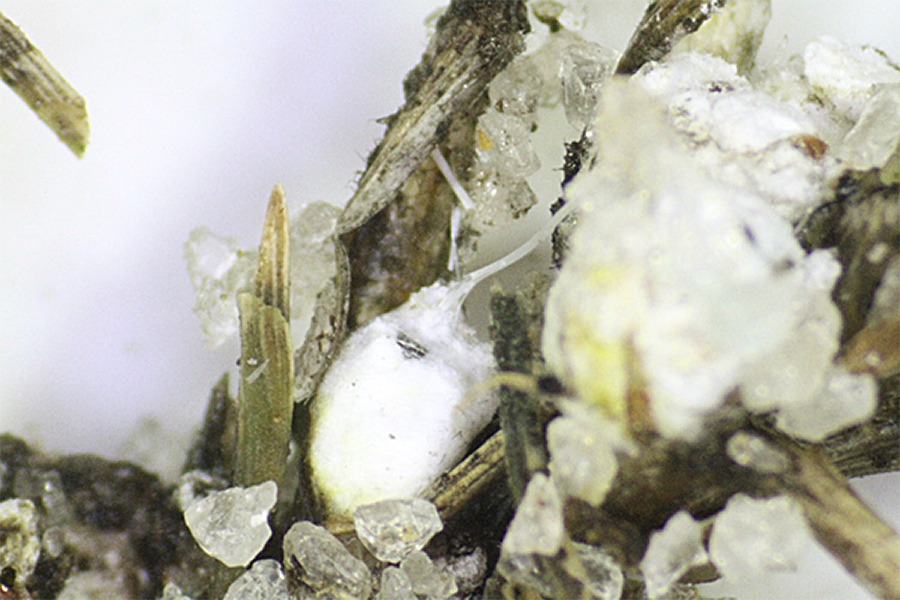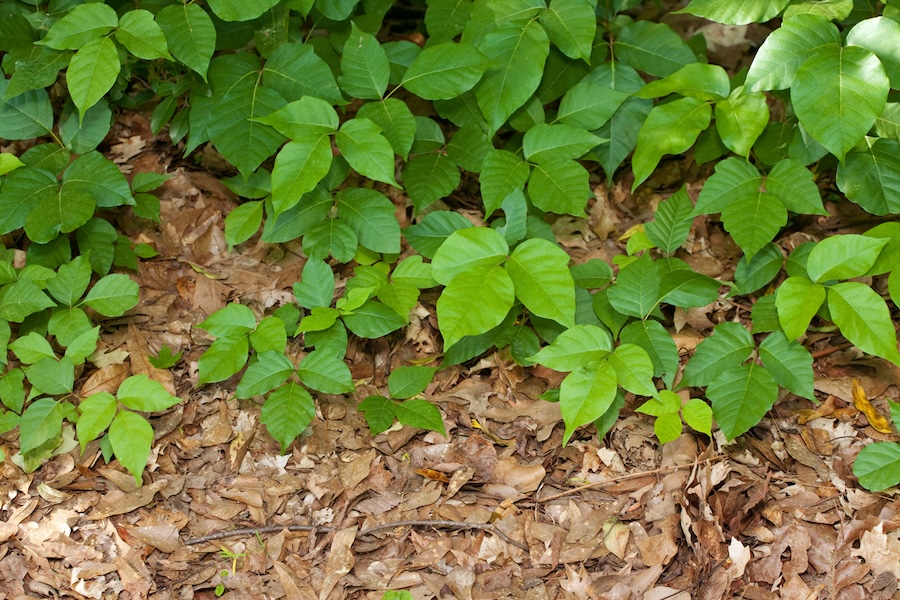There’s nothing more beautiful than a wild flower, unless it’s in the wrong place. Wild violets are among some of the toughest, most difficult lawn weeds to control.
Violets are a diverse group that includes both winter annual and perennial species. The perennial violets have deep underground root structures called rhizomes and stolons. These root structures allow wild violets to persist in lawns for many years and make them difficult to control.
Often, pulling out these weeds is both very difficult and futile. While weeding violets, people usually break off part of the rhizome underground, which is enough to allow the plant to regenerate.
One of the more familiar forms of wild violet has heart-shaped leaves on long stalks arranged in a rosette near the soil. Flowers range from purple or pink to white or yellow, usually with five petals. Some might consider these “pretty flowers” until they start growing somewhere in unwanted locations. The flowers bloom between spring and into early summer. These flowers produce seeds that help propagate and disperse the plant. Controlling them before they flower can reduce the number of weeds that return.
Wild violets have a wide range of distribution from Canada to Florida and can tolerate many different types of environments. However, they tend to be more prolific in their preferred habit, mostly in shady spots and areas that stay moist for extended periods. Quite often, these are areas that are not well suited to growing grass. Therefore, the grass cannot compete with the better-adapted weeds in these areas. One strategy for managing wild violets includes correcting any soil drainage problems and thinning tree limbs to allow more sunlight for your lawn. Areas that receive less than four hours of sunlight will not sustain grass and should be landscaped with shrubs or groundcovers adapted to shade.
There are several selective herbicides that can be used to control wild violets without damaging your lawn. However, even the best broad-leaf herbicide will take repeated applications to achieve decent control of wild violets. You must be both patient and persistent with herbicide applications for violets. Some of the best products on the market contain the active ingredients 2,4-D, MCPP, dicamba or triclopyr. Depending on the mixture, they may only be labeled for use on certain grasses, so be sure to read the label and check the type of grass in your lawn to avoid potential damage. As with all herbicides, be sure to read and follow all labeled application instructions and safety precautions.
Many lawn herbicides on the market today contain two- and three-way mixtures of these chemicals in the active ingredient, which allows them to control more wide-ranging weed problems. These products are commonly found at many local garden centers and farm supply stores. More herbicide options are available for wild violet control, but are limited to use only by licensed commercial lawn companies. For more information, see our UGA Extension publication “Weed Control in Home Lawns” online at: http://t.uga.edu/9V.




